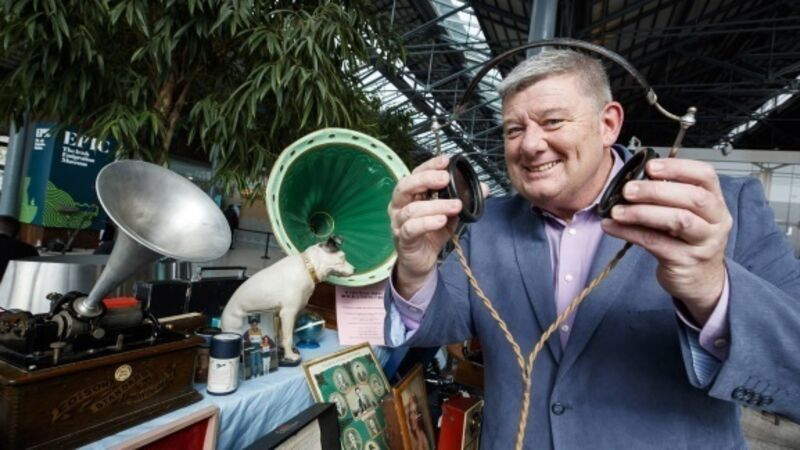The story of the nation's social history told on John Creedon's National Treasure

From Cork-made grenades to Sonia’s running shoes, John Creedon’s new TV series tells the social history of the nation, writes
Barry Curtain is one of the thousands of contributors to the National Treasures project, day one of which was held on the grounds of University College Cork.











